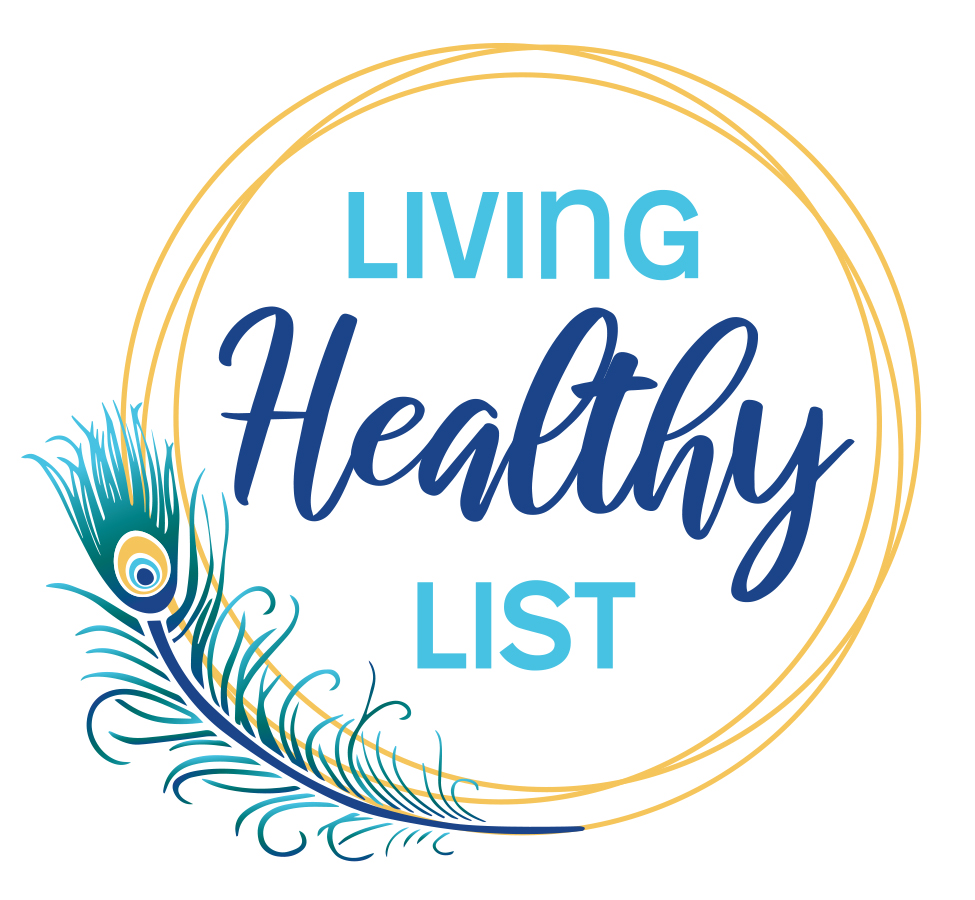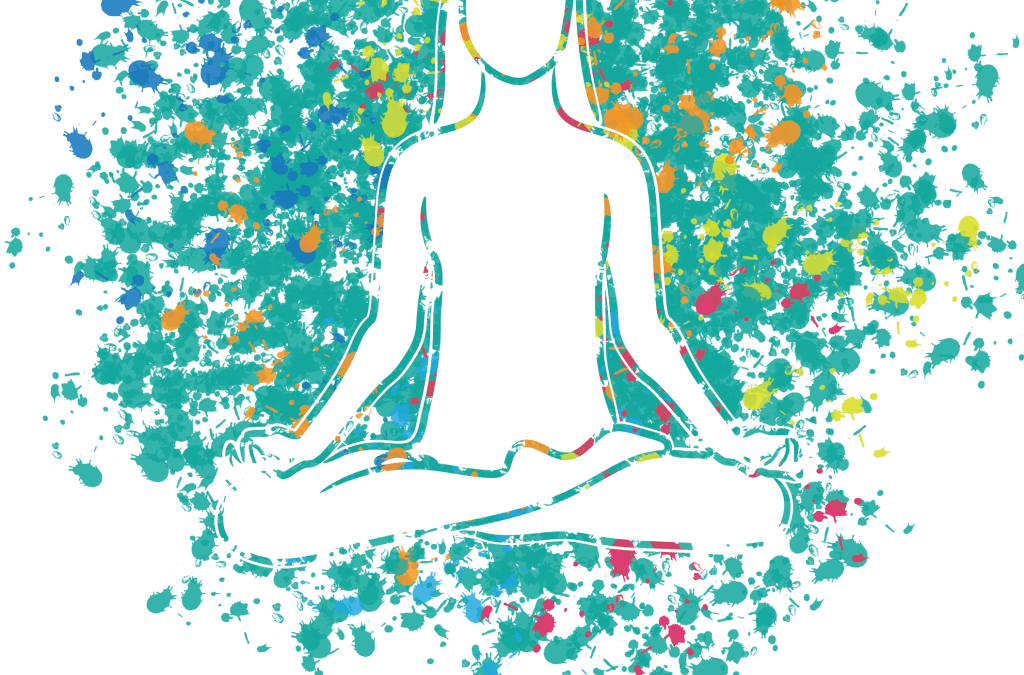What is there was a magic pill, that was free, easily accessible and would reduce personal stress, anxiety, improve concentration and attention, give you a greater sense of ease and calmness, improve sleep and so much more?
Wouldn’t you ask your physician for a prescription?
Well, there is no need to medicate when you can meditate.
That’s right…meditation can give you all of these benefits. The three basic elements to practice any meditation is
- your willingness to do it (Sankalpa)
- your non-judgmental, gentle attention (Dharana)
- and an object to focus your attention on
Meditation is an approach to training the mind, similar to the way that fitness is an approach to training the body. It is a way to slow down the steady stream of thoughts and calm your “monkey mind.”
If you have never meditated before, and you don’t know where to begin, I suggest finding a trained Meditation Instructor to help you begin your practice. It is an excellent way to understand the multiple benefits that meditation offers, and why sitting in stillness is important to your body and brain. when people begin to practice meditation they feel like they aren’t “doing it right,”. A Meditation Instructor can dispel your concerns and help you through all of your questions, as well as explain that meditation works because it physically changes the structure of your brain.
WHAT IS MEDITATION?
Meditation is a doorway for transformation. It is the practice of turning your attention away from distracting thoughts and focusing inwardly. You are training your attention to be more aware. Meditation can be extremely difficult for a beginner to sit and think of nothing or have an “empty mind.”
There are many tools to help you through this process when you are starting out. In general, the easiest way to begin meditating is by using something to focus your attention on…most often you use your breath.
This type of meditation is called focused awareness. It involves focusing on a single point. Again this could entail following the breath, or repeating a single word or mantra, staring at a candle flame, listening to a repetitive gong or chime, or counting beads on a mala.
Since focusing the mind is challenging, a beginner might meditate for only a few minutes and then work up to longer durations. In this case, you simply focus your awareness on an object and each time you notice your mind wandering, you come back to that focus. Do that as many times as you have to. In the beginning, you may notice your mind consistently wandering, that it is difficult being still, you may even notice your mind struggling as you sit. that’s OK, you have to begin somewhere.
When meditating, rather than pursuing random thoughts, you simply let them go and become the observer of those thoughts. Through this process, your ability to meditate improves.
FIVE ESSENTIALS OF MEDITATION
I like to teach that there are five essentials to any meditation practice.
(1) It’s okay to have thoughts. Understand that your brain is wired to think. Just as your eyes see and your heart beats, your brain thinks. You cannot stop your brain from thinking. However, as you build your meditation practice, the steady stream of thoughts will begin to slow down and become more subtle;
(2) Let go of expectations. When you meditate don’t expect anything to happen. Sometimes you may have a wonderful, even blissful experience, and other times, it won’t be anything like that;
(3) Be kind to yourself. Positive self-talk is essential on and off the cushion. Don’t chastise yourself if you are experiencing a meditation where you could not sit still, or you struggled and you noticed many thoughts, no matter what, you are doing it correctly;
(4) Don’t try too hard. You are sitting in stillness. You don’t need to worry about getting anything right.
(5) Stay with it. Stay with it each time you meditate. Set a timer and stay seated the entire time. Don’t let distractions disrupt you and stop halfway into your meditation. And, stay with it in the long run. Meditation brings about many wonderful benefits that help you navigate life better, make clearer decisions and allows you to show up as the best version of yourself!
Many beginners find it difficult to sit in silence and focus on their breath without assistance. I suggest downloading a Guided Meditations App on your phone or tablet. I suggest Insight Timer, Headspace, Unplug Meditation or Calm. These guided meditations will help you focus and guide you through the meditation from beginning to end.
There are hundreds of guided meditations you can choose from as well as hundreds of apps and YouTube videos to choose from. Some are free, and others have a fee. This allows you to personally choose from the many different types of meditation that are available to you. You can review those and see what appeals to you!
BENEFITS OF MEDITATION
I would be leaving the best part out if I didn’t share with you some of the positive benefits that are cultivated from a personal practice of meditation. I can personally attest to experiencing many of these benefits. There are thousands of research studies available to read and review that substantiate the many wonderful benefits that come from the practice of meditation. Many of these studies performed at prestigious institutions and universities around the world, such as Harvard, Yale, University of Massachusetts, University of Pennsylvania and so on. Meditation has been connected with:
- Reduced levels of anxiety and stress
- Lower blood pressure
- Improved blood circulation
- Improved sleep
- Lower heart rate
- Slower respiratory rate
- Lower blood cortisol levels
- Better sense of well-being
- Deeper relaxation
- Better awareness of self
- Greater sense of compassion
In Buddhist philosophy, the ultimate benefit of meditation is the liberation of the mind from attachment to things it cannot control, such as external circumstances or strong internal emotions. The liberated or “enlightened” practitioner no longer needlessly follows desires or clings to experiences, but instead maintains a calm mind and sense of inner harmony.
Remember, the only bad meditation is the meditation that you don’t do. “The goal of meditation isn’t to control your thoughts, it’s to stop letting them control you.”
INSTRUCTIONS FOR MEDITATION
- Sit – You can sit in a chair or on the floor. It’s doesn’t matter. Make sure you are comfortable, and you limit your distractions.
- Arms and Hands – You can rest them in your lap or on your thighs.
- Legs and Feet – You can sit with your legs crossed or straight. If you are on a cushion, try to have your hips higher than your legs. This will be more comfortable.
- Set a timer or use a guided meditation. Don’t forget to put the device on airplane mode to minimize distractions. Begin with 2 minutes and increase from there. Ideally, 10-20 minutes a day is optimal.
- Take a moment – Take a moment to see how you feel. Pay attention to your thoughts. Allow all the mind chatter to come and notice it.
- Close your eyes – This will allow you to begin to turn your attention inward. If you are not comfortable with your eyes closed, create a soft gaze on an object in front of you.
- Take a few long, slow deeps breaths in an out signaling your body that you are relaxing.
- Begin your guided or silent meditation.
- Stay with it!
If you are interested in beginning your personal meditation practice or want to deepen your own practice, I would love to connect with you. Please visit my website Grit & Grace Meditation. Click here for a free download of my body scan.


